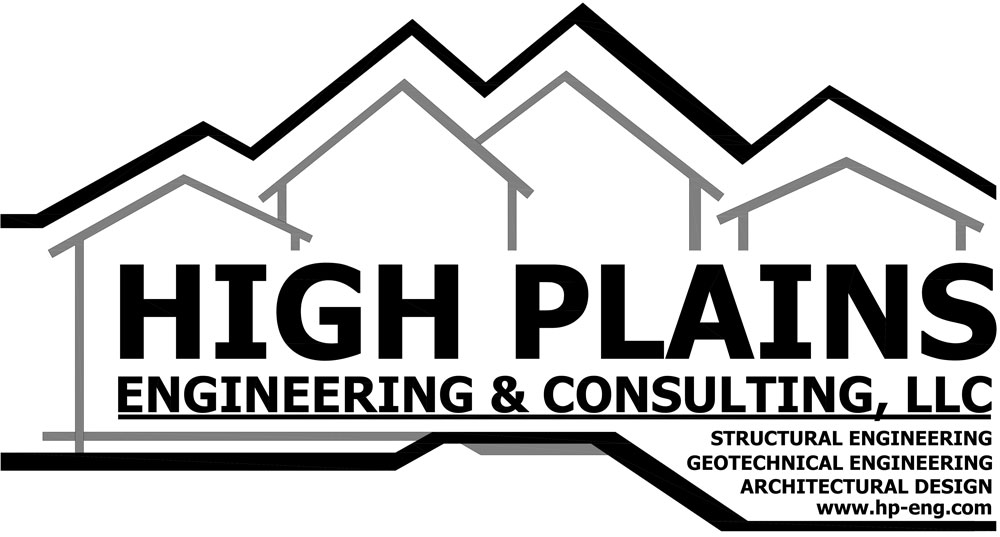Are you dealing with a sinking foundation of your property? One solution to this problem is to use either helical piers or push piers to make the foundation structurally sound again. However, what is the difference between push piers and helical piers? Keep on reading this article to find out about push pier vs helical pier. Helical Piers vs Push Piers – What Is the Difference? The main difference is that helical piers are like screws, while push piers are like nails. However, there are more differences, including the following: Cost. Helical piers require more workforce, which makes them more expensive.... View Article
When you first consider a custom-built home, you will need to think about what type of construction you are interested in. The type of frame building you use will greatly affect the overall building process. This quick guide will provide you with information on the differences between timber frame construction and post and beam construction. How Are They Different? Customization – The main difference between these two building options is the design. A conventionally framed home relies on load-bearing walls. This is an essential part of the construction process. This will play a huge role in the layout of the... View Article
Most people are not aware that groundwater quality goes through seasonal fluctuations. This can be important information for homeowners who use a well for their home’s water supply. This quick guide will provide you with information on why this happens and why it is important to you. What Causes Groundwater Fluctuations There can be many reasons that affect groundwater levels and quality. Some of the changes are caused by natural occurrences, and others are caused by man’s activities above ground. Below ground, there are many aquifers located throughout a state. Some of the more shallow aquifers will be dramatically affected... View Article
High Plains Engineering and Construction LLC. has been in the business of civil and structural engineering since 2006 in the Fort Lupton area and surrounding communities. We show our customers every day the benefits of crawl space encapsulation, and we can provide a few answers about why it is so important now. What Is Crawl Space Encapsulation? This is the process of lining the crawl space with a vapor barrier that is typically covered by a layer of polyethylene. The polyethylene is placed on the floor of the crawl space to "seal" it. Benefits of Encapsulation There are a number of... View Article
Roof ventilation is extremely important as the main protection of your home comes from your roof. This is why you must make sure that it is properly maintained. Ensuring it has the correct amount of ventilation to enable the flow of air through the roof is vital. Proper airflow keeps your roof operating as it should. The Importance of Roof Ventilation Preventative roof maintenance means ensuring it has adequate ventilation. There are many reasons why this is important. Boosts Energy Efficiency If you are looking for ways to reduce the cost of your heating bill, ensuring that you have adequate... View Article

 HPEC is an active member of CAGE
HPEC is an active member of CAGE